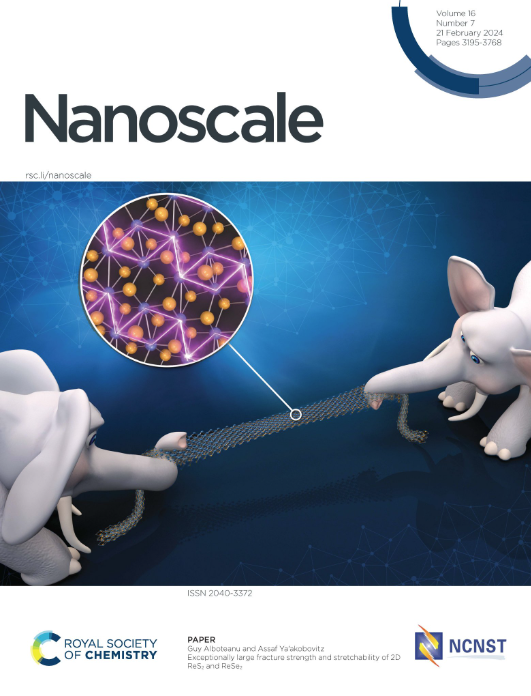Efficient and rapid recovery of scandium from acidic wastewater using β-cyclodextrin-based phosphorus-functionalized covalent organic polymer
IF 5.1
3区 材料科学
Q1 CHEMISTRY, MULTIDISCIPLINARY
引用次数: 0
Abstract
Motivated by the growing demand for rare earth elements (REEs), it is crucial to design effective adsorbents capable of separating and reclaiming REEs from acidic wastewater. Herein, a phosphorus-functionalized covalent organic polymer (β-HCCD) was successfully synthesized via a straightforward nucleophilic substitution reaction, utilizing two cost-effective monomers β-cyclodextrin (β-CDs) and hexachlorocyclotriphosphazene (HCCP). Owing to the presence of abundant P-O bonds in β-HCCD and the unique cavity structure of β-CDs, β-HCCD exhibits adsorption efficiency exceeding 98% for scandium ions (Sc³⁺) within acidic solution with the hydrogen ion concentrations ranging from 5 mol·L-1 to 10⁻5 mol·L-1. Meanwhile, the complete capture of Sc3+ by β-HCCD can be accomplished within 2 minutes, and the adsorption isotherms demonstrated an outstanding alignment with the Freundlich model, exhibiting a maximum adsorption capacity of 101.0 mg·g⁻¹. What’s more, β-HCCD can be directly applied to industrial acidic wastewater without prior pretreatment, achieving an efficient recovery rate of 87% for Sc3+. These notable advantages including minimal expense, straightforward preparation process, fast adsorption dynamics and substantial adsorption ability demonstrate that β-HCCD holds significant promise for the recovery of REEs.利用β-环糊精基磷功能化共价有机聚合物高效、快速回收酸性废水中的钪
随着对稀土元素(ree)需求的不断增长,设计能够从酸性废水中分离和回收稀土的有效吸附剂变得至关重要。本研究以两种低成本单体β-环糊精(β-CDs)和六氯环三磷腈(HCCP)为原料,通过亲核取代反应,成功合成了一种磷功能化共价有机聚合物(β-HCCD)。由于β-HCCD中存在丰富的P-O键,并且β-CDs具有独特的腔体结构,在氢离子浓度为5 mol·L-1 ~ 10⁻5 mol·L-1的酸性溶液中,β-HCCD对钪离子(Sc³⁺)的吸附效率超过98%。同时,β-HCCD可以在2分钟内完全捕获Sc3+,吸附等温线与Freundlich模型非常吻合,最大吸附量为101.0 mg·g⁻¹。此外,β-HCCD可直接应用于工业酸性废水,无需预先预处理,Sc3+的有效回收率可达87%。这些显著的优点包括成本低、制备过程简单、吸附动力学快和吸附能力强,表明β-HCCD在稀土的回收方面具有重要的前景。
本文章由计算机程序翻译,如有差异,请以英文原文为准。
求助全文
约1分钟内获得全文
求助全文
来源期刊

Nanoscale
CHEMISTRY, MULTIDISCIPLINARY-NANOSCIENCE & NANOTECHNOLOGY
CiteScore
12.10
自引率
3.00%
发文量
1628
审稿时长
1.6 months
期刊介绍:
Nanoscale is a high-impact international journal, publishing high-quality research across nanoscience and nanotechnology. Nanoscale publishes a full mix of research articles on experimental and theoretical work, including reviews, communications, and full papers.Highly interdisciplinary, this journal appeals to scientists, researchers and professionals interested in nanoscience and nanotechnology, quantum materials and quantum technology, including the areas of physics, chemistry, biology, medicine, materials, energy/environment, information technology, detection science, healthcare and drug discovery, and electronics.
 求助内容:
求助内容: 应助结果提醒方式:
应助结果提醒方式:


